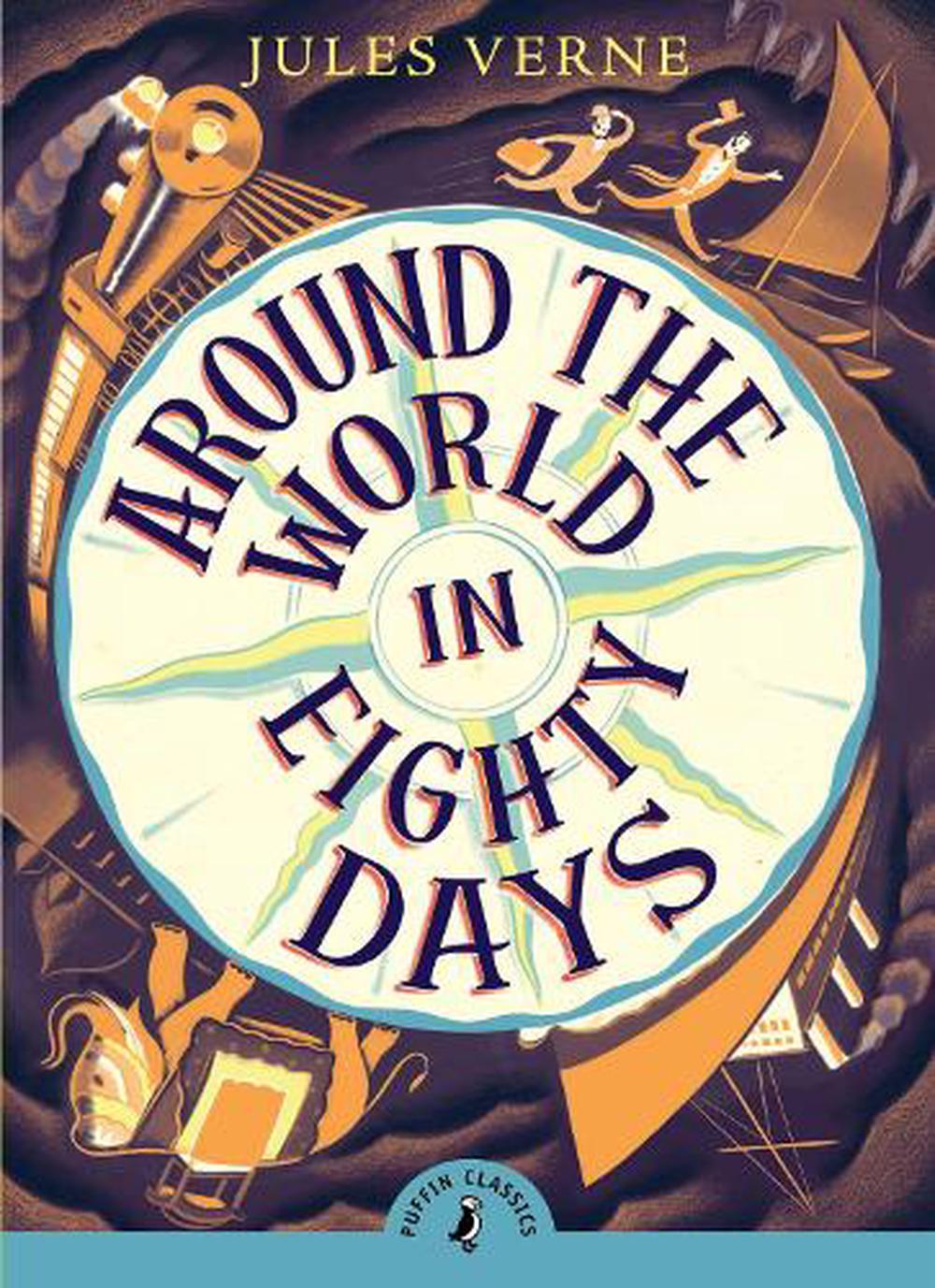In 1872, French author Jules Verne crafted a literary masterpiece that would captivate readers for generations. Around the World in Eighty Days is not just a novel; it’s an exploration of human determination, technological progress, and the spirit of adventure. This timeless story follows Phileas Fogg, a meticulous London gentleman, as he embarks on a daring journey to circumnavigate the globe within 80 days, all while navigating a web of challenges, misunderstandings, and unexpected twists. The novel remains a cornerstone of classic literature, offering insights into the era’s advancements and the evolving global landscape.
The Premise: A Bet That Changed Everything
Phileas Fogg, a man of routine and precision, is known for his unshakable habits. His life takes an unexpected turn when he reads about a new railway in India that could theoretically allow someone to travel around the world in 80 days. Inspired by this possibility, Fogg places a wager with his fellow members at the Reform Club, betting £20,000 (half his fortune) that he can complete the journey in 80 days or less. Accompanied by his loyal valet, Passepartout, Fogg sets off from London, determined to prove that such a feat is possible.
The journey begins with a train ride to Dover and Calais, but before they even leave, a bank robbery occurs, and Fogg becomes the prime suspect. A detective named Mr. Fix is sent to track him down, adding an element of suspense to their travels. Despite these obstacles, Fogg and Passepartout press on, using trains, ships, and even an elephant to navigate the vast distances.
The Journey: Challenges and Triumphs

As Fogg and Passepartout traverse continents, they encounter numerous challenges. In India, they face a broken railroad and must rely on an elephant to continue their journey. They also rescue a young widow from a ritual of suttee, showcasing Fogg’s compassion and bravery. In Hong Kong, they are arrested for Passepartout’s earlier mistake, but Fogg manages to secure their release and continues the journey with the help of Aouda, a woman they rescue along the way.
The journey becomes more perilous as they cross the United States, where they face a Sioux attack and a collapsing suspension bridge. Passepartout is even kidnapped, but Fogg rescues him with the help of local soldiers. These trials test their resolve, but Fogg’s unwavering determination keeps them moving forward.
The Climax: A Race Against Time

As the deadline approaches, Fogg and his companions face one final challenge. After missing a ship in New York, they find an alternative route, including a sail-powered sledge and a coal-burning ship. Despite these setbacks, they manage to arrive in Liverpool just in time. However, Fogg is arrested by Mr. Fix, who had been following him all along. The misunderstanding is eventually cleared, and Fogg realizes that he has actually gained a day due to the time zones crossed during the journey.
This twist allows Fogg to return to the Reform Club just in time, winning his bet. He then proposes to Aouda, and the novel ends on a note of triumph and love.
Legacy and Influence
Around the World in Eighty Days is more than just a tale of adventure; it reflects the technological and cultural shifts of the 19th century. The novel highlights the significance of the Suez Canal, the completion of the transcontinental railroad in America, and the expansion of Indian railways—innovations that made global travel more feasible. Verne’s work inspired real-life attempts to circumnavigate the world, including Thomas Cook’s first around-the-world tour in 1872.
The novel has also influenced countless adaptations, from stage plays to films and television series. One notable example is the 1989 BBC series Around the World in 80 Days with Michael Palin, which followed a similar journey, albeit with modern transportation methods. These adaptations underscore the enduring appeal of Verne’s story and its relevance to contemporary audiences.
Conclusion: A Journey That Transcends Time
Jules Verne’s Around the World in Eighty Days remains a testament to human ingenuity and perseverance. It captures the essence of exploration, the thrill of adventure, and the power of determination. As readers follow Phileas Fogg’s journey, they are reminded that the world is full of possibilities, and with courage and planning, even the most ambitious goals can be achieved. Whether through the pages of a book or the lens of a film, this classic tale continues to inspire and entertain, proving that the spirit of adventure is timeless.



